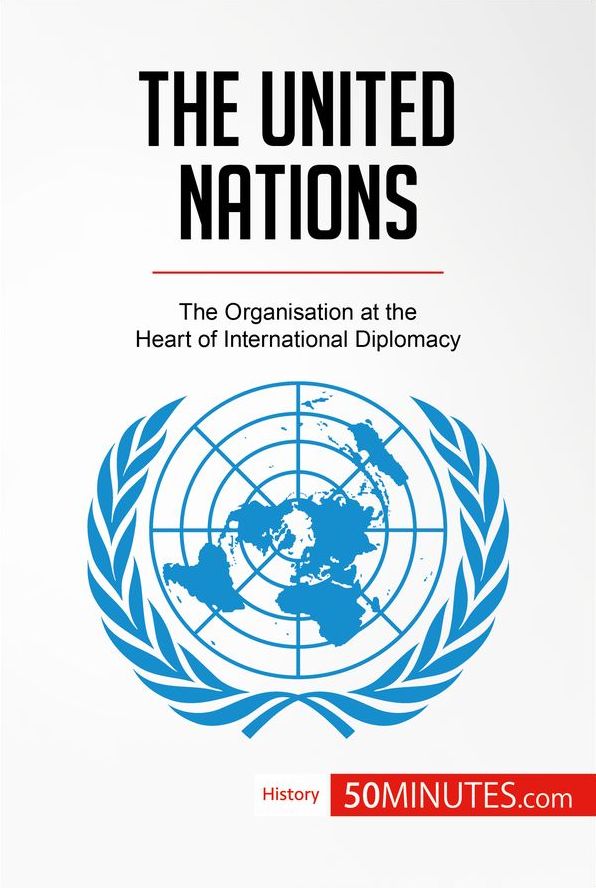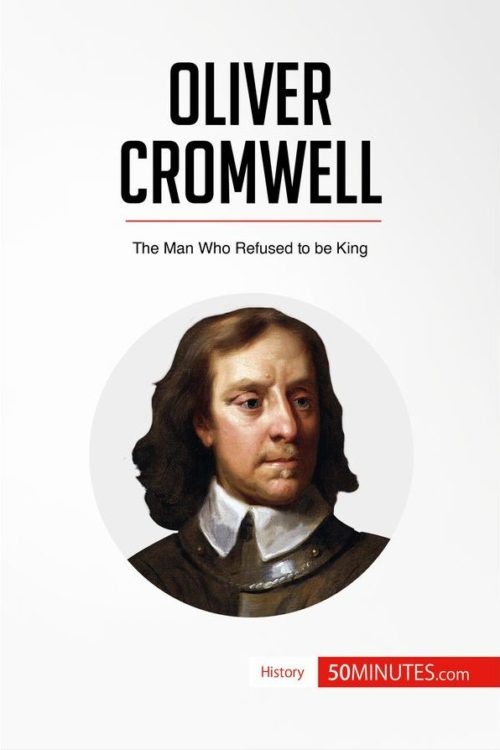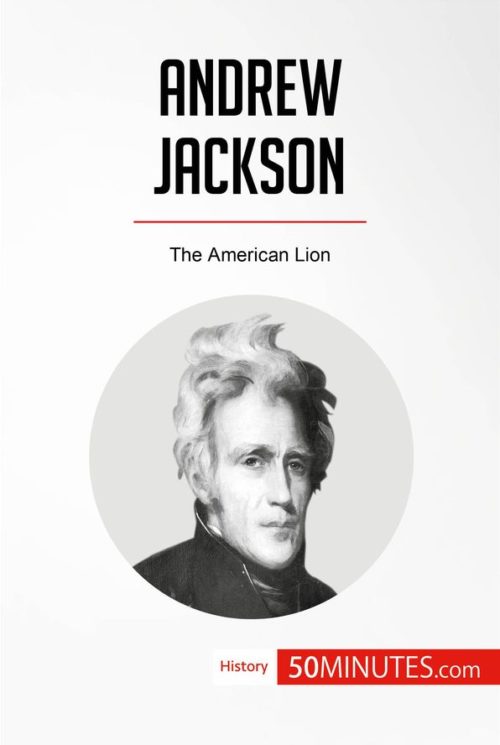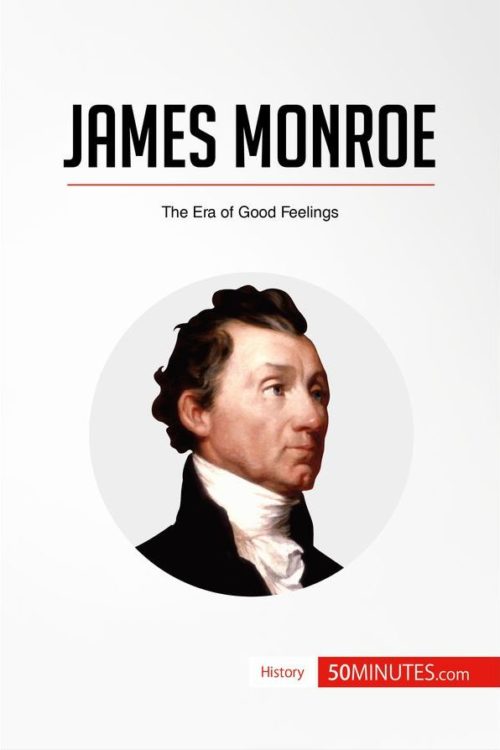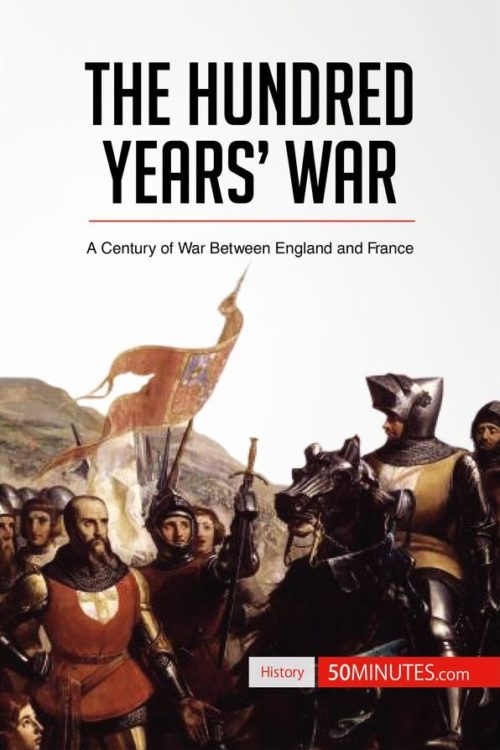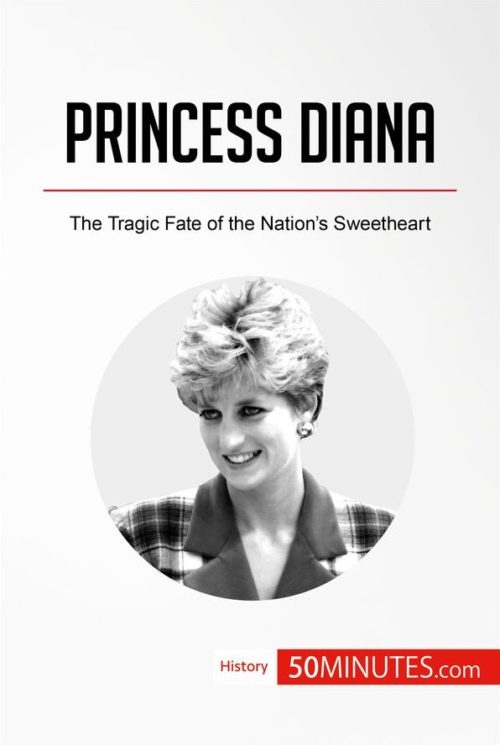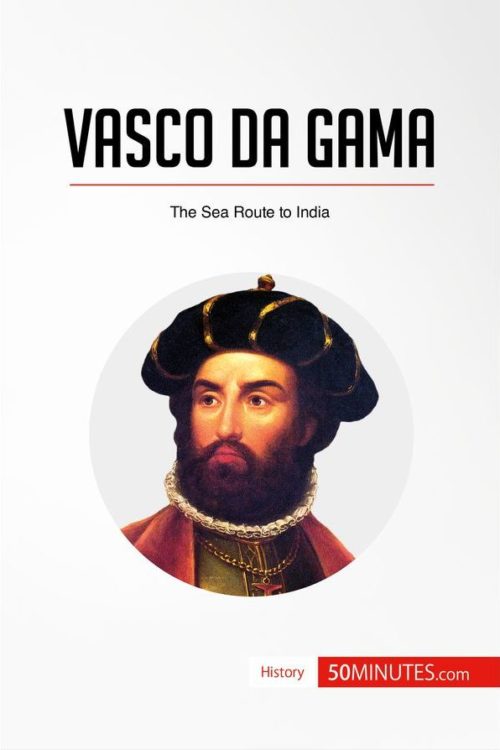The United Nations
The United Nations
The Organisation at the Heart of International Diplomacy
978280628995768EBookPlurilingua PublishingWith 193 member states, the United Nations (UN) is a key organisation on the global stage and plays a crucial role in international relations and diplomacy. It emerged in the aftermath of the Second World War, superseding the largely ineffectual League of Nations, and is now known for its many activities spanning areas such as peacekeeping, humanitarian aid and international development. In just 50 minutes, you will find out about the reasons the UN was founded, its structure and objectives, and some of its main achievements to date, giving you a solid foundation to understand its contribution to shaping the postwar world order.
This straightforward and informative book provides a thorough discussion of the key moments in the history of the UN, including the signing of the Atlantic Charter, the ratification of the Charter of the United Nations and the development of the broader United Nations System. It also features a valuable introduction to the political, social and economic context in which the UN was founded, an evaluation of the impact of its activities and a summary of the main criticisms that have been levelled at the organisation, giving you all the essential information about this crucial international body.
About The United Nations
The United Nations was established on 24 October 1945, in the wake of the Second World War and the unprecedented destruction that accompanied it. It comprises six main organs, as well as the ever-increasing number of related bodies that make up the United Nations System. Its aims include the maintenance of international peace and security, the defence of human rights, technological and social progress around the world, and economic development in disadvantaged countries.
This clear and accessible 68-page book is structured as follows:
Introduction to the United Nations
Political, social and economic context
The League of Nations (1919-1946): the forerunner of the United Nations
The interwar period, or the failure of peace
The Second World War and the desire for a new organisation
Biography
Franklin D. Roosevelt, American president
The creation of the United Nations
From plan to reality
The Charter of the United Nations
Impact of the United Nations
International peace and security
Disarmament and nuclear control
Support for economic wellbeing and cooperation
Support for social wellbeing and cooperation
A world without the UN
Summary
With 193 member states, the United Nations (UN) is a key organisation on the global stage and plays a crucial role in international relations and diplomacy. It emerged in the aftermath of the Second World War, superseding the largely ineffectual League of Nations, and is now known for its many activities spanning areas such as peacekeeping, humanitarian aid and international development. In just 50 minutes, you will find out about the reasons the UN was founded, its structure and objectives, and some of its main achievements to date, giving you a solid foundation to understand its contribution to shaping the postwar world order.
This straightforward and informative book provides a thorough discussion of the key moments in the history of the UN, including the signing of the Atlantic Charter, the ratification of the Charter of the United Nations and the development of the broader United Nations System. It also features a valuable introduction to the political, social and economic context in which the UN was founded, an evaluation of the impact of its activities and a summary of the main criticisms that have been levelled at the organisation, giving you all the essential information about this crucial international body.
About The United Nations
The United Nations was established on 24 October 1945, in the wake of the Second World War and the unprecedented destruction that accompanied it. It comprises six main organs, as well as the ever-increasing number of related bodies that make up the United Nations System. Its aims include the maintenance of international peace and security, the defence of human rights, technological and social progress around the world, and economic development in disadvantaged countries.
This clear and accessible 68-page book is structured as follows:
Introduction to the United Nations
Political, social and economic context
The League of Nations (1919-1946): the forerunner of the United Nations
The interwar period, or the failure of peace
The Second World War and the desire for a new organisation
Biography
Franklin D. Roosevelt, American president
The creation of the United Nations
From plan to reality
The Charter of the United Nations
Impact of the United Nations
International peace and security
Disarmament and nuclear control
Support for economic wellbeing and cooperation
Support for social wellbeing and cooperation
A world without the UN
Summary
application/pdf1 20th century, diplomacy, Franklin D. Roosevelt, human development, human rights, international relations, League of Nations, Second World War, United Nations
DOWNLOAD THIS BOOK
With 193 member states, the United Nations (UN) is a key organisation on the global stage and plays a crucial role in international relations and diplomacy. It emerged in the aftermath of the Second World War, superseding the largely ineffectual League of Nations, and is now known for its many activities spanning areas such as peacekeeping, humanitarian aid and international development....
Read more
With 193 member states, the United Nations (UN) is a key organisation on the global stage and plays a crucial role in international relations and diplomacy. It emerged in the aftermath of the Second World War, superseding the largely ineffectual League of Nations, and is now known for its many activities spanning areas such as peacekeeping, humanitarian aid and international development. In just 50 minutes, you will find out about the reasons the UN was founded, its structure and objectives, and some of its main achievements to date, giving you a solid foundation to understand its contribution to shaping the postwar world order.
This straightforward and informative book provides a thorough discussion of the key moments in the history of the UN, including the signing of the Atlantic Charter, the ratification of the Charter of the United Nations and the development of the broader United Nations System. It also features a valuable introduction to the political, social and economic context in which the UN was founded, an evaluation of the impact of its activities and a summary of the main criticisms that have been levelled at the organisation, giving you all the essential information about this crucial international body.
About The United Nations
The United Nations was established on 24 October 1945, in the wake of the Second World War and the unprecedented destruction that accompanied it. It comprises six main organs, as well as the ever-increasing number of related bodies that make up the United Nations System. Its aims include the maintenance of international peace and security, the defence of human rights, technological and social progress around the world, and economic development in disadvantaged countries.
This clear and accessible 68-page book is structured as follows:
- Introduction to the United Nations
- Political, social and economic context
- The League of Nations (1919-1946): the forerunner of the United Nations
- The interwar period, or the failure of peace
- The Second World War and the desire for a new organisation
- Biography
- Franklin D. Roosevelt, American president
- The creation of the United Nations
- From plan to reality
- The Charter of the United Nations
- Impact of the United Nations
- International peace and security
- Disarmament and nuclear control
- Support for economic wellbeing and cooperation
- Support for social wellbeing and cooperation
- A world without the UN
- Summary
